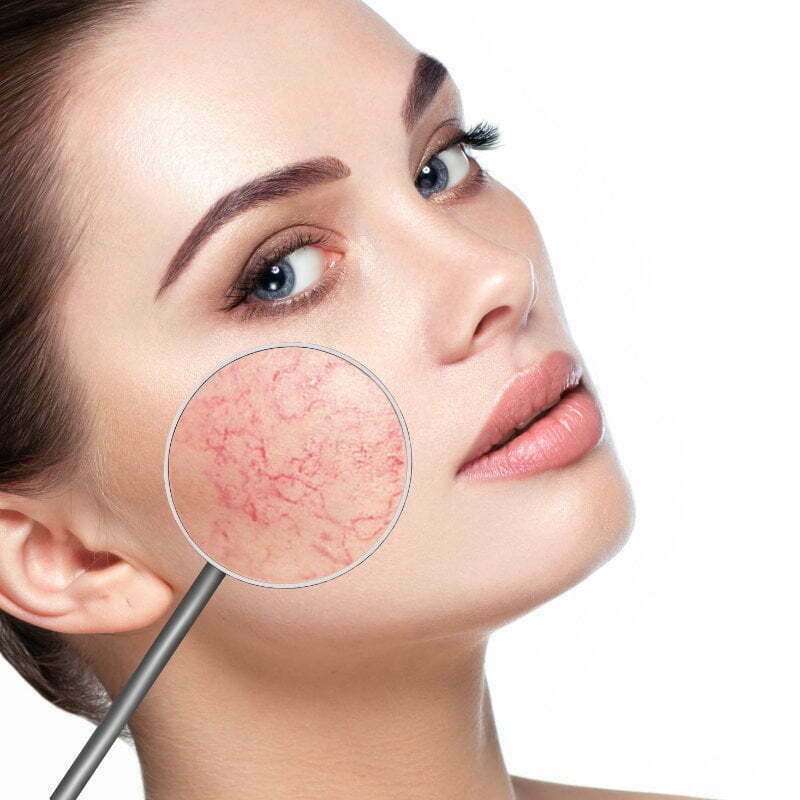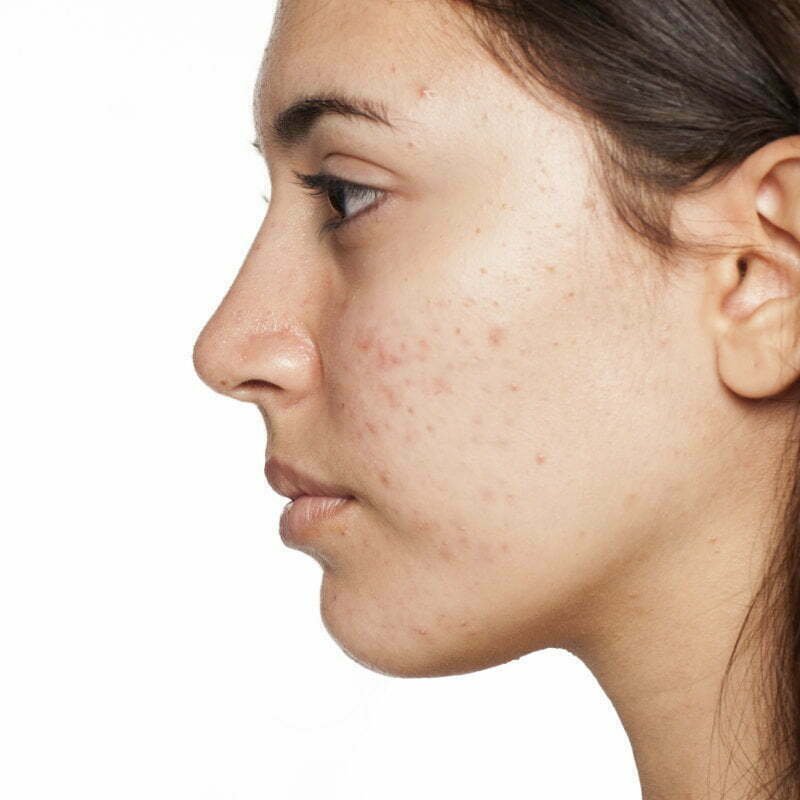Breakdown of collagen and elastin over areas of muscle movement.

Description:
Collagen depletion is one of the main factors which contributes to the appearance of ageing, including skin laxity, lines and wrinkles.
Collagen is an extra cellular fibre which resides within the dermis, offering tensile strength, structure and elasticity to the skin. From age 25-30 collagen begins to deplete, which is the time we start to notice changes in the skin, including the development of fine lines and enlarged pores. As the body ages and with contribution from environmental pollutants and sun damage, collagen depletion is accelerated.
From age 40, the body ceases to produce collagen, which is when we often notice a reduction in skin’s volume and elasticity. Gravitational changes occur, as there is the loss of the skins support and structure.
Products Recommended
- Cleansing Gel or Cleansing Milk
- Conditioner
- Multi Day Plus
- Multi Night Plus
- Exfoliating Enzyme
- Anti-Ageing Eye Cream
- Hydro Lip Therapy
- Anti-Ageing Hand Cream
- Active Lotion
- SPF 40 or Tinted SPF 40




